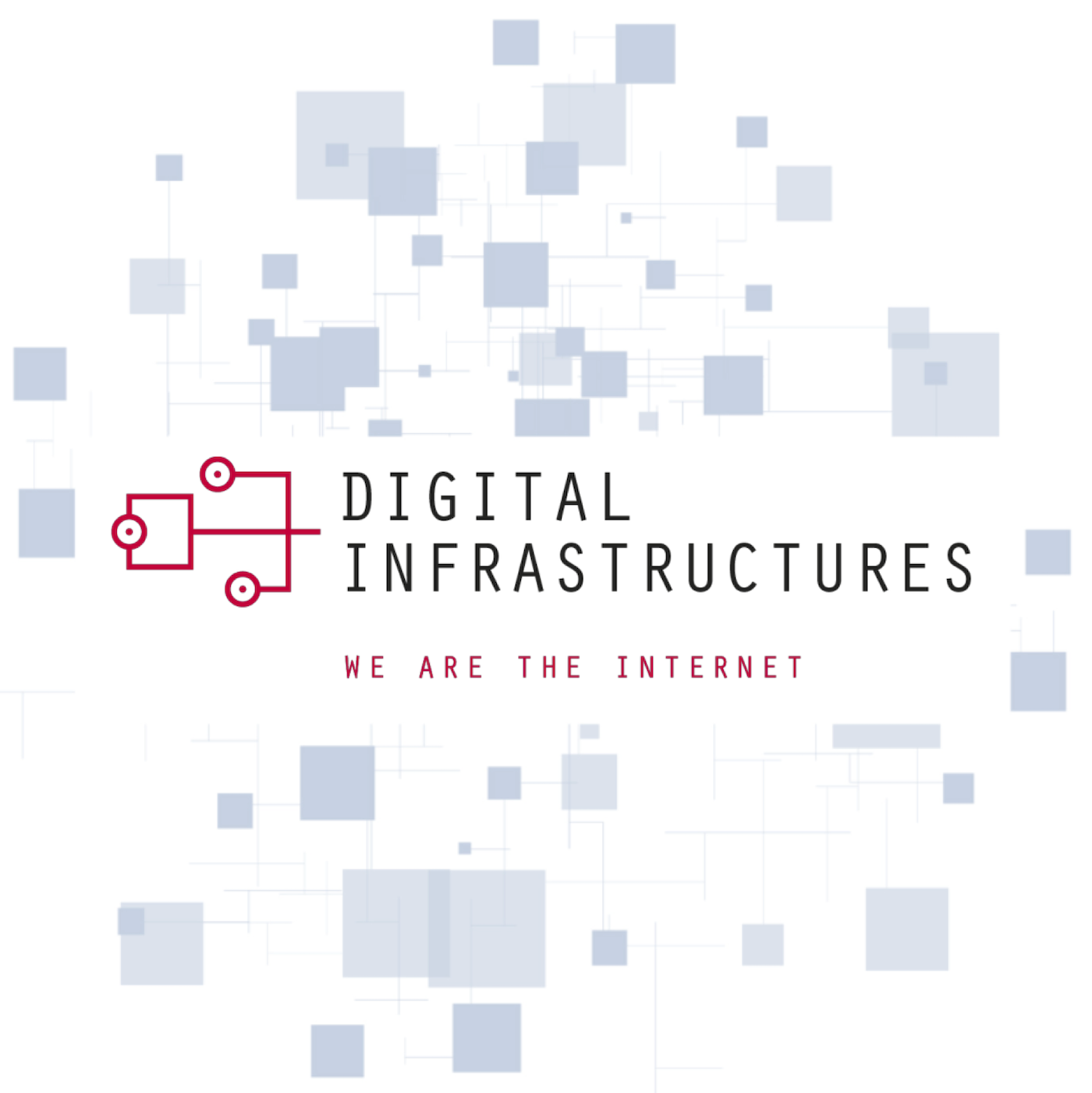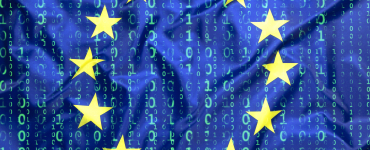Today, the German Federal Environment Minister Svenja Schulze presented Germany’s Digital Policy Agenda for the Environment. On this topic, Dr. Béla Waldhauser – Spokesperson of the Alliance for the Strengthening of Digital Infrastructures in Germany, which was founded two years ago under the umbrella of eco – had the following to say:
“Advancing digitalization and the resulting steady increase in data traffic are leading to a growing demand for data centers. And one thing is certain: data centers consume energy. Just how we optimize the energy requirements of data centers is therefore clearly a legitimate question. Creating sustainable energy and resource efficiency for existing and future digital infrastructures is a primary goal of our alliance, which was founded in 2018. The participating companies and data center operators have already presented initial solutions for greater energy efficiency, for example with regard to industrial waste heat utilization – and are working steadily on bringing new methods and innovations in this field onto the market.”
The latest research results also indicate that the energy consumption of data centers worldwide is far lower than previously assumed. For example, a recent study published in Science finds that, despite the explosion in global data exchange, data centers haven’t consumed more energy in the past ten years. Between 2010 and 2018, the number of servers worldwide increased by a factor of 26 and data traffic increased by a factor of 6.5. Over the same period, overall energy consumption rose by only about six percent. According to the researchers, this represents an efficiency gain of about 20 percent per year, which is well above the norm in other industries.
Apart from the need for meaningful climate protection concepts which also take into account the realities of the various digital infrastructure providers, Waldhauser is also looking to politicians to cultivate a strong research landscape on the topic of data centers – and to promote intensive awareness-raising and incentives for user companies to move their data to more efficient data centers:
“In relative terms, due to higher rates of utilization, large data centers are much more efficient than small local data centers. If a company switches to cloud computing, they save around 80 percent on electricity compared to independently operated local infrastructure. This not only reduces operating costs, but also CO2 emissions.” In the area of software development, there is also still immense untapped potential for energy savings. For example, a more energy-efficient design of AI algorithms could significantly reduce the outlay in the individual computational steps.
“Digitalization and digital enterprises form part of the solution to achieving climate goals. Digitalization can make a significant contribution by digitally supporting and optimizing processes. Politicians must recognize this potential and integrate it into their climate protection concepts in a goal-oriented manner. Ultimately, however, what we need are holistic strategies that involve all stakeholders. This is the only way to further optimize the ecological footprint for public benefit. The Environmental Digital Agenda is a step in the right direction here, but it needs to be made more concrete in terms of its implementation,” says Waldhauser.
It cannot be the solution to merely proclaim ambitious efficiency targets; this would then lead to a migration of digital infrastructure operators to less regulated countries. “This would have dire consequences for the security of all Internet users and would sooner or later undermine Europe’s importance as a location for new digital technologies such as AI,” said Waldhauser.
The important role that data centers play for energy-efficient digital transformation is elaborated upon in a short German-language video recently published by the Alliance for Strengthening Digital Infrastructures.




